The Covid Diaries 39: Museum of London Docklands, Havering Hoard
Review of the exhibition Havering Hoard: A Bronze Age Mystery, at the Museum of London, Docklands. In which I relive my childhood love of archaeology while exploring a ‘bronze age mystery’
A Family-Friendly and History Geek-Friendly Exhibition
The Museum of London Docklands is one of the institutions which is within walking distance of my flat. I had been a couple of times already this year but this was my first visit since lockdown. I was there specifically to see their new exhibition Havering Hoard: a Bronze Age Mystery. As a history and archaeology geek, I had been excited to see it, and it did not disappoint!
The exhibition does a really great job of recreating the excitement of making a new archaeological discovery. It also introduces the information it presents in a methodical and clear manner so that viewers can build up a picture of the historical context of the find, the modern context of its discovery, and even what goes into preparing a discovery like this for exhibition in a museum. It’s family friendly, but also interesting for adults with the right level of interest in this sort of topic. Any exhibition that leads me to wonder if it’s too late to change careers must have something going for it!
What is the Havering Hoard?
The Havering Hoard was discovered in Rainham (technically London but out towards Essex) in 2018. It consists of about 450 bronze objects, buried in four groups. It was was discovered when the site was being prepared for the commercial extraction of gravel. There is a lot of information in the exhibition and in the context of the find about the commercialisation of archaeology in the UK (and elsewhere) in the 21st Century. A requirement of the permit to extract gravel from the site was that an archaeological survey was carried out. This was because the site had been known to have archaeological potential since the 1960s when aerial photography showed signs of earthworks.
The company appointed Archaeological Solutions Ltd. (does what it says on the tin) to do the survey for them. The hoard was first uncovered by a worker on a six week contract; how exciting would that have been for them? After proper extraction and documentation the coroner then determined the official standing of the hoard. The coronor declared it to be ‘treasure’ under the 1996 Treasure Act, therefore belonging to the state rather than the landowner. After the Museum of London, the Havering Museum will provide a permanent home for the Hoard.
Archaeology: Romantic Ideal vs. Reality
This is of course just one quick case study, but an interesting insight (for me at least) into contemporary archaeology. I wanted to be an archaeologist from the ages of seven to about seventeen. I still have a romantic idea of trekking through the jungle, finding new civilisations and lost cities. The finding of this hoard shows this to be unrealistic (surprise!), and shows the opposite side of the coin to the more ‘knowledge for knowledge’s sake’ university-funded digs which still take place. This is very much a compromise between heritage and business; saving information and artefacts, without preventing the site itself from being commercialised. And a whole business of facilitating these last-minute archaeological rescues has sprung up in between the government and local councils on the one hand and businesses on the other. Fascinating stuff.
Why Was the Havering Hoard Hidden?
Anyway, back to the exhibition. The first thing you do as you enter is share the excitement of the archaeological team at their find. The formatting is very clever, with surveying tripods playing the team’s own footage of the dig, and an image of the site behind it. You can then begin to read and digest increasingly specific contextual information. You start by learning what the Bronze Age is and what we know about how people lived. Next you explore techniques for forging bronze objects, and touch on what we can deduce about these specific objects. For example, the vast majority of the objects were deliberately broken – swords, axes and so on. This has led to speculation over why they would have been broken before being purposefully buried.
The central part of the exhibition then explores this mystery in depth. It puts forward four reasons why a large number of deliberately broken, practical bronze items (very little jewellery, for example), might have been buried in four adjacent locations. Was it to try to drive up the scarcity value of bronze? To hoard it for personal power and prestige? For safekeeping? As an offering? There is a display case outlining the arguments for each of these hypotheses. This is a great way to lay bare the fact that we don’t know everything about the past and that part of the value of rescuing these items from the gravel machines is to study it and see if some of these questions can be answered.
Changing London
The other thing that the exhibition does well is to give a sense of how the landscape of London and the surrounding areas has changed since Bronze Age times. Across the back wall is a large film projection, showing the Havering Hoard’s burial site. On on close examination of the text panel has been ‘edited’ to remove modern buildings from the skyline. The effect is still good though. Nearby there is a map of modern Greater London showing the current path of the Thames and the far larger original width of the river, with the sites of Bronze Age discoveries marked.
These touches really help to set the scene and transport the visitor back to London as a place, not London as the city we live in now. There is even a little replica of a Bronze Age hut big enough for you to pop your head into. On the walls are the different daily tasks that took place in the types of homes the buriers of the Havering Hoard would have lived in. It’s one of two Covid restriction bottlenecks, along with the really fascinating video on Bronze Age casting techniques. Only one household/social bubble may enter at a time, so I did a bit of socially-distanced milling around before I could get in there. I was glad I did though for the richness of information gleaned from using all of these media!
Final Thoughts
The final part of the exhibition is about how an archaeological discovery turns into an exhibition. Examples show how archaeologists document each find in its context. There are x-rays of some of the bronze pieces with explanations of what we can learn from this technique (actually another mystery – why have some smaller objects been deliberately sealed inside larger ones?). There’s a ‘microsope’ with little films zooming into different objects. And there are interviews with some of the people who studied the Havering Hoard and prepared it for exhibition.
It’s a nice way to finish, and seven-year-old me would have been so excited by it all (who am I kidding, 36-year-old me loved it too!). Overall as an exhibition it is short and sweet, but very engaging and a lot of fun. Highly recommended for anyone in or passing through East London once the museum is able to reopen once more!
On its own merits: 4/5
Implementing Covid rules: 3/5
Havering Hoard: a Bronze Age Mystery until 18 April 2021
If you see this after your page is loaded completely, leafletJS files are missing.

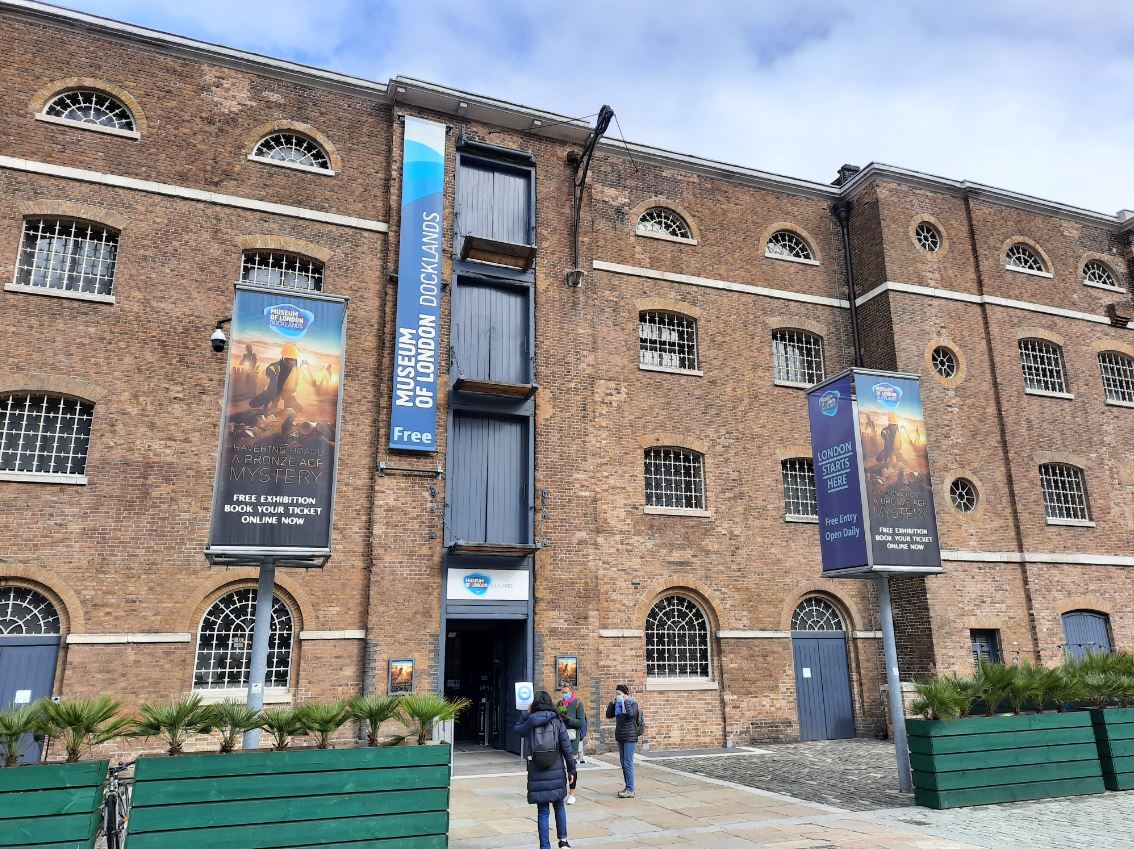
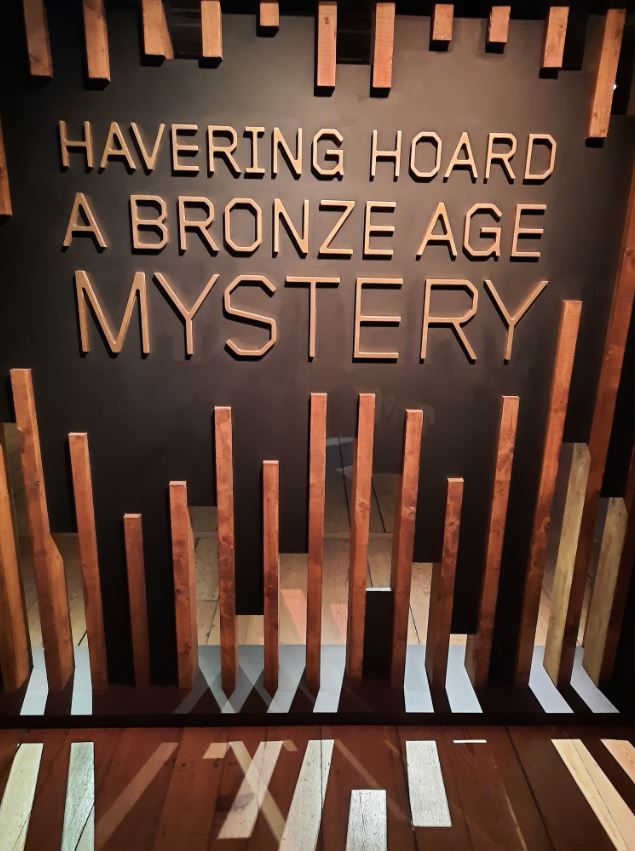
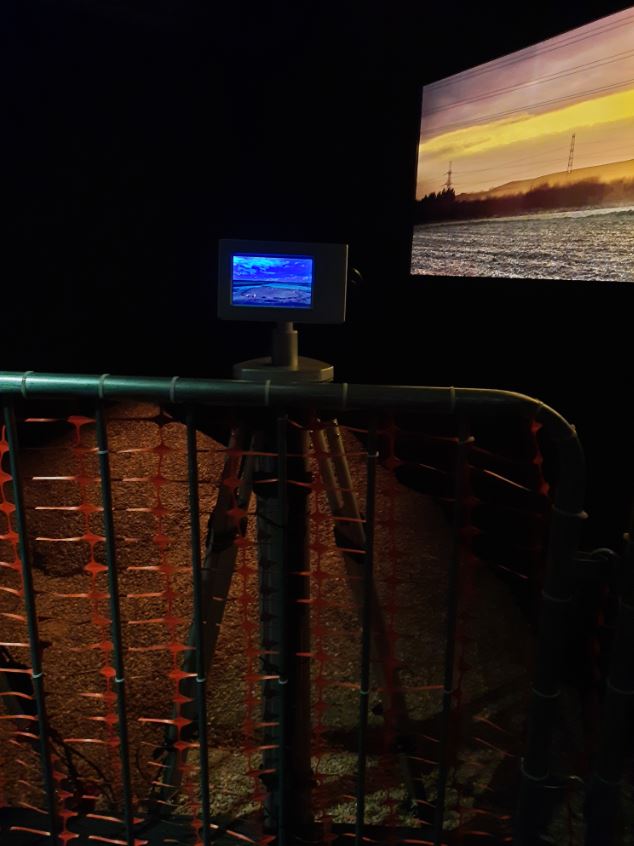
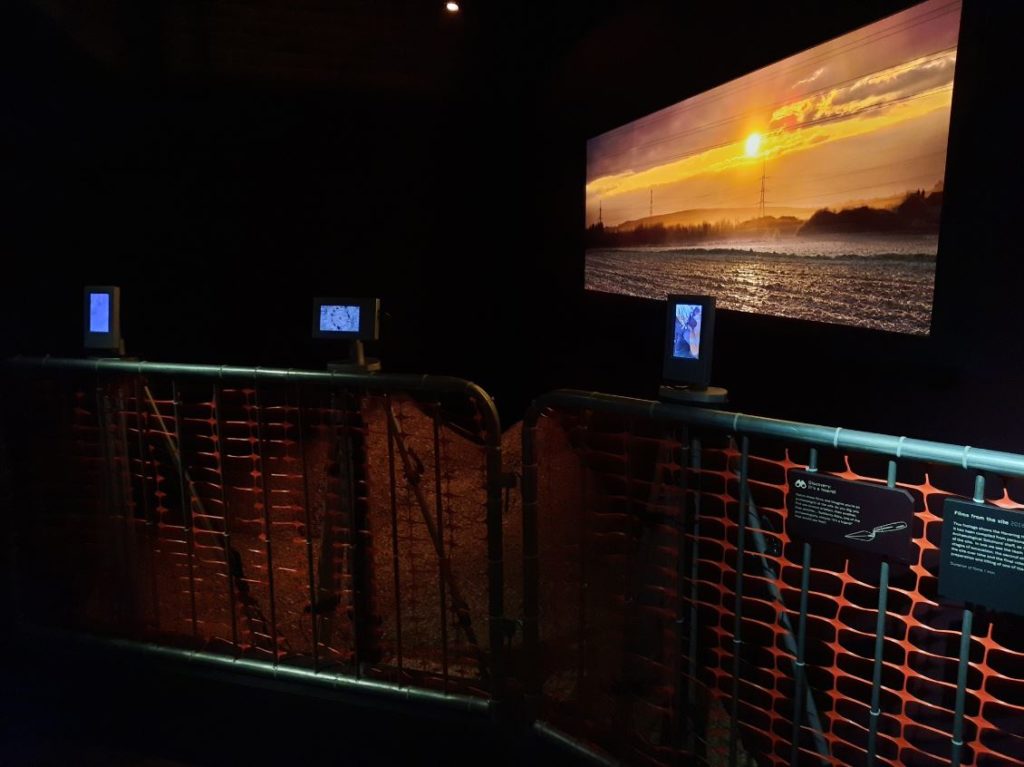
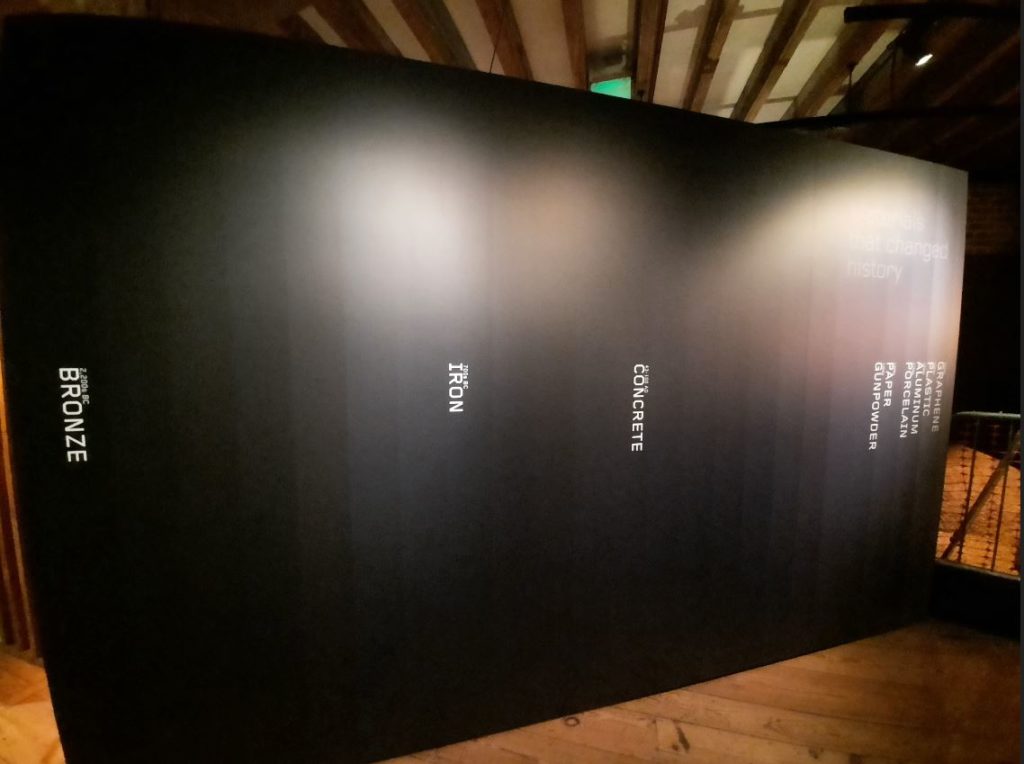
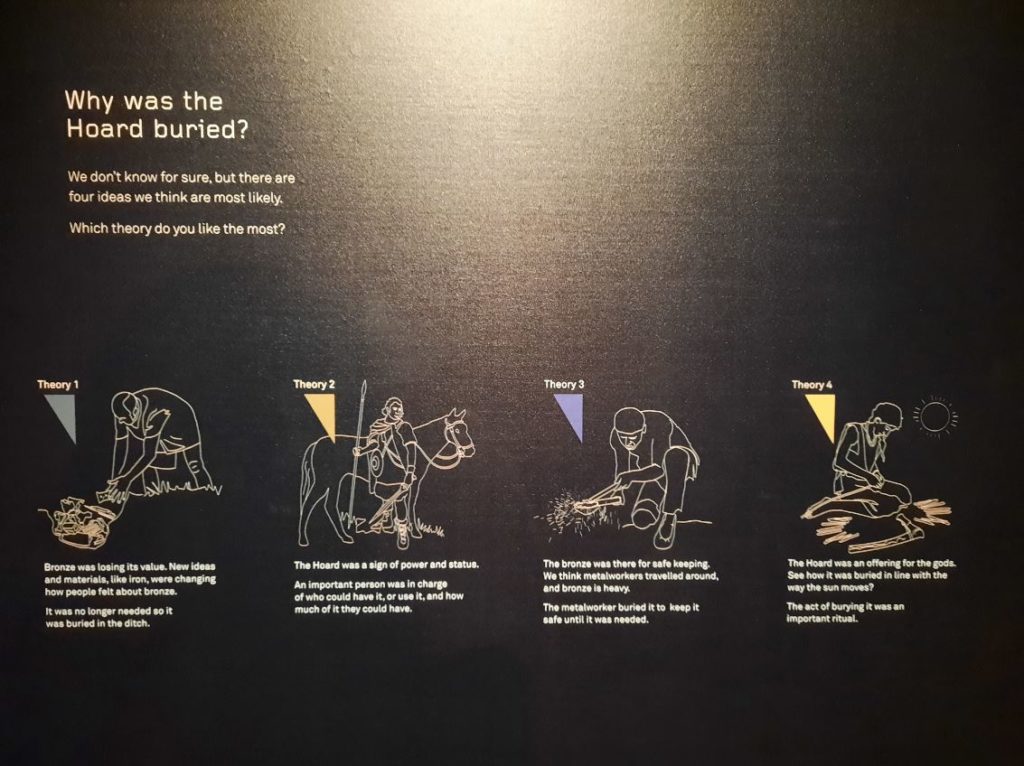
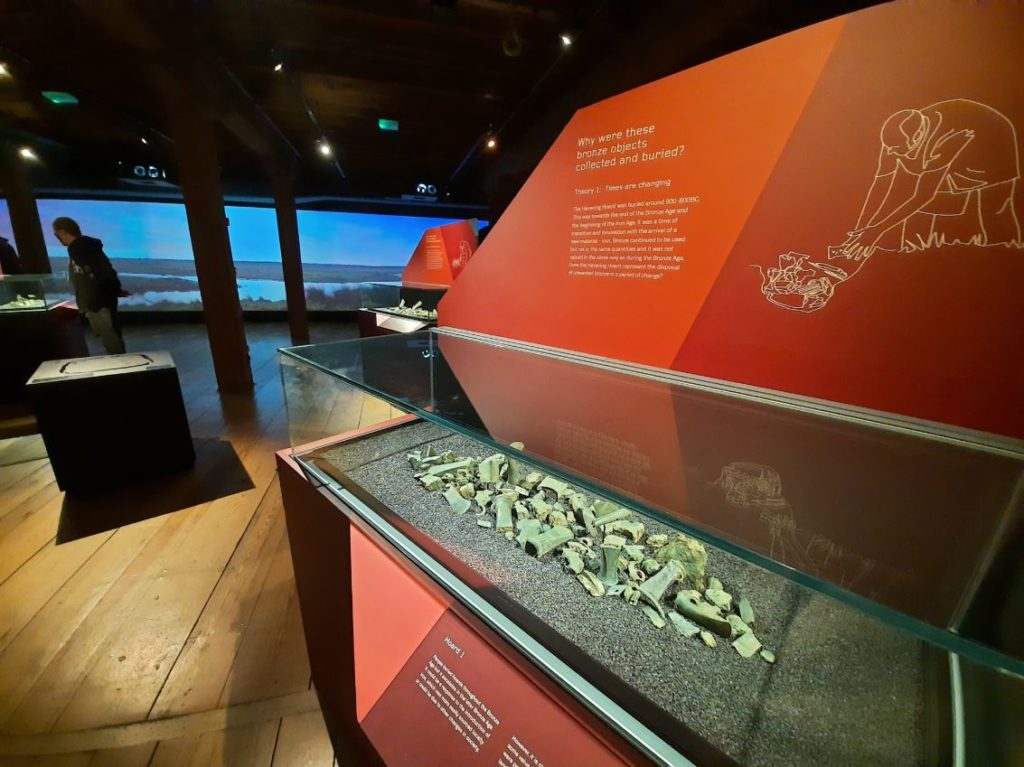
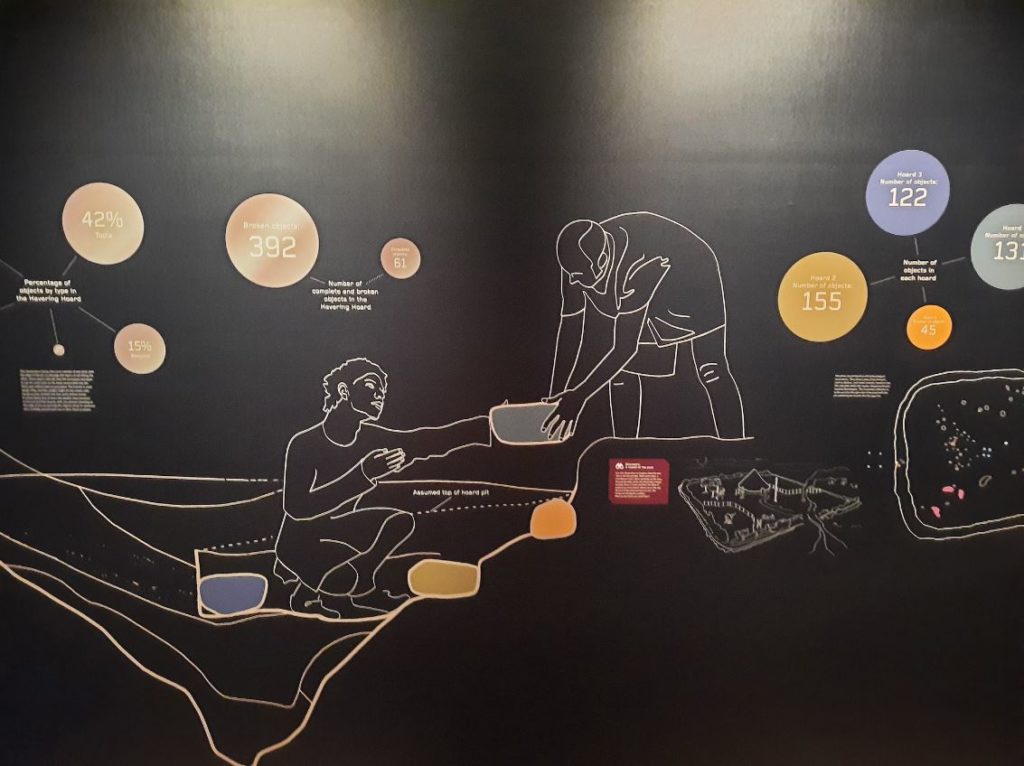
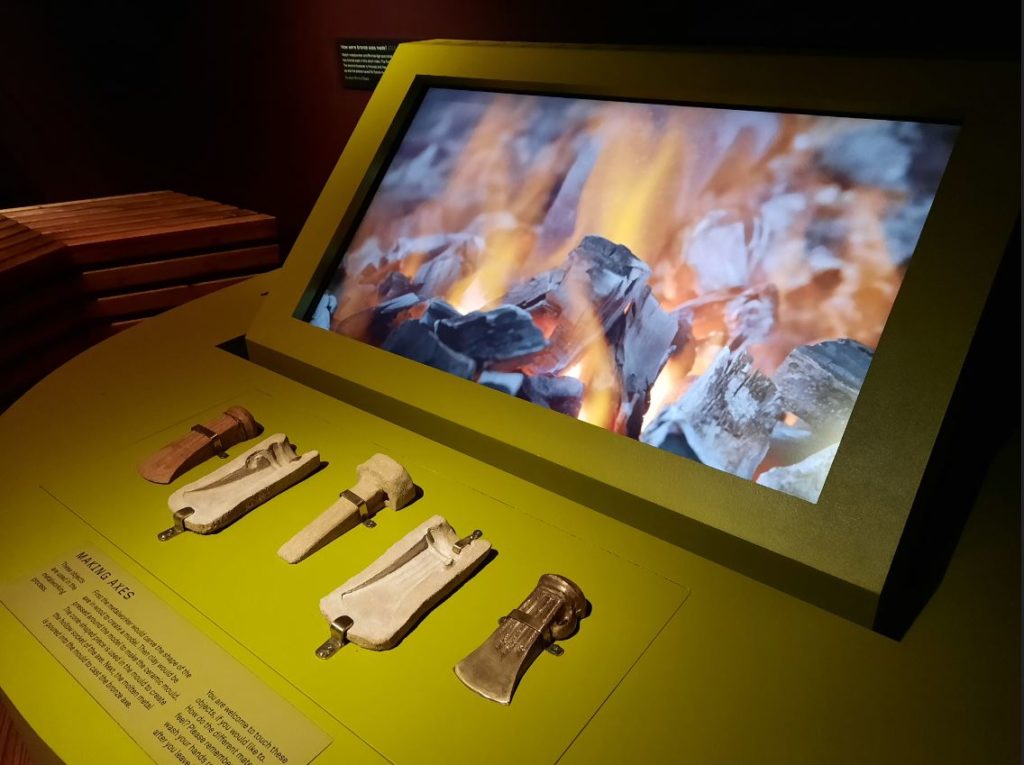
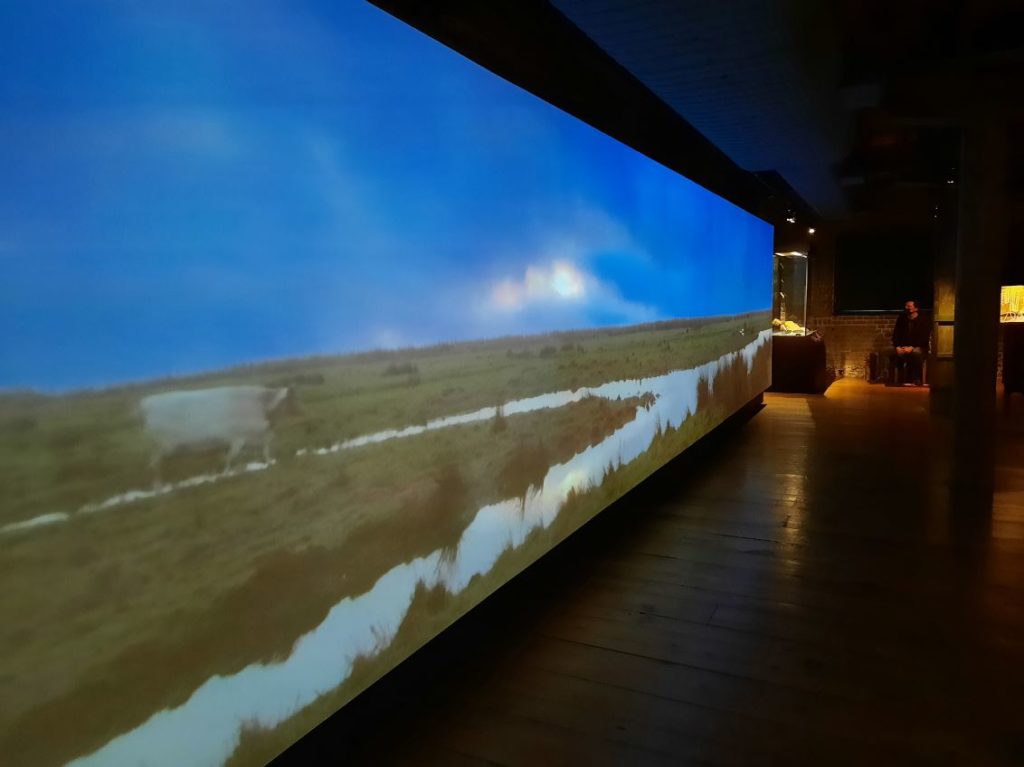
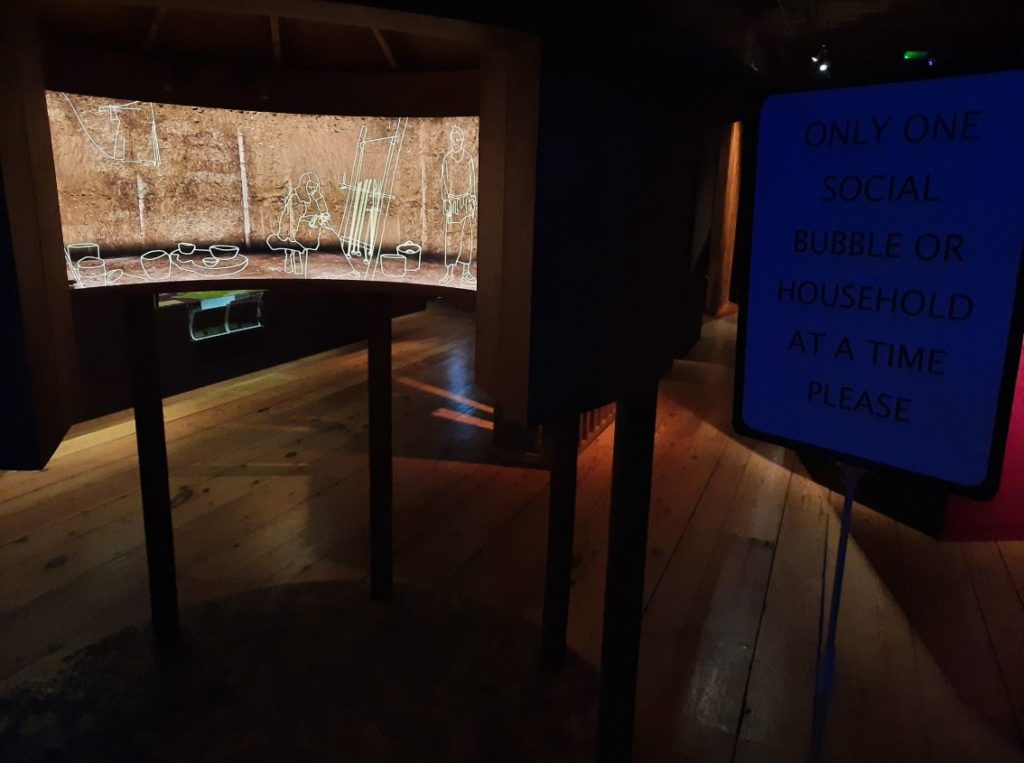
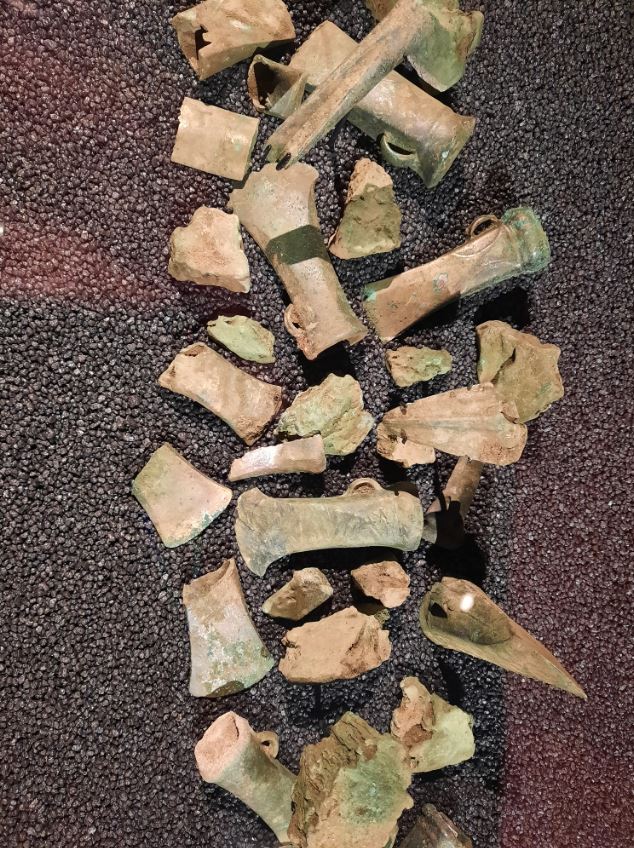
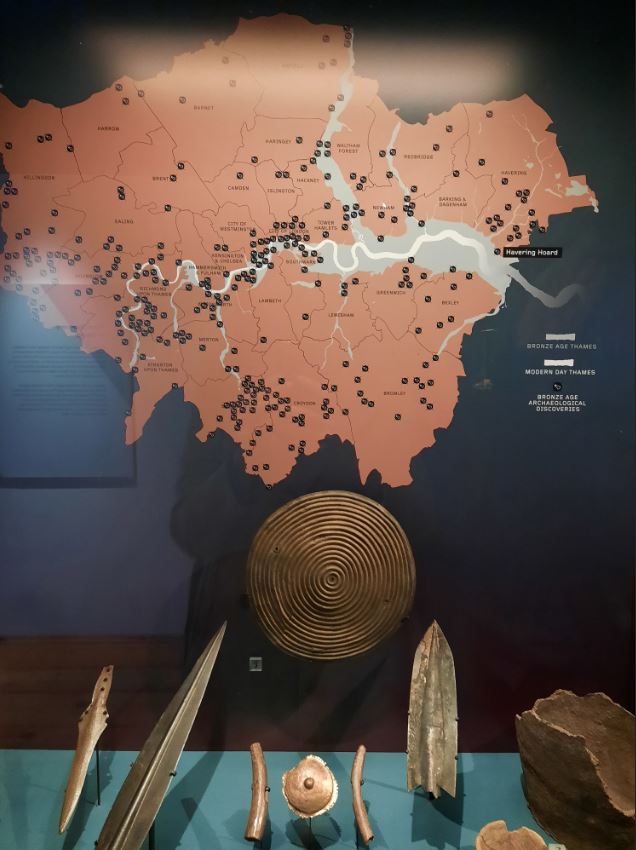
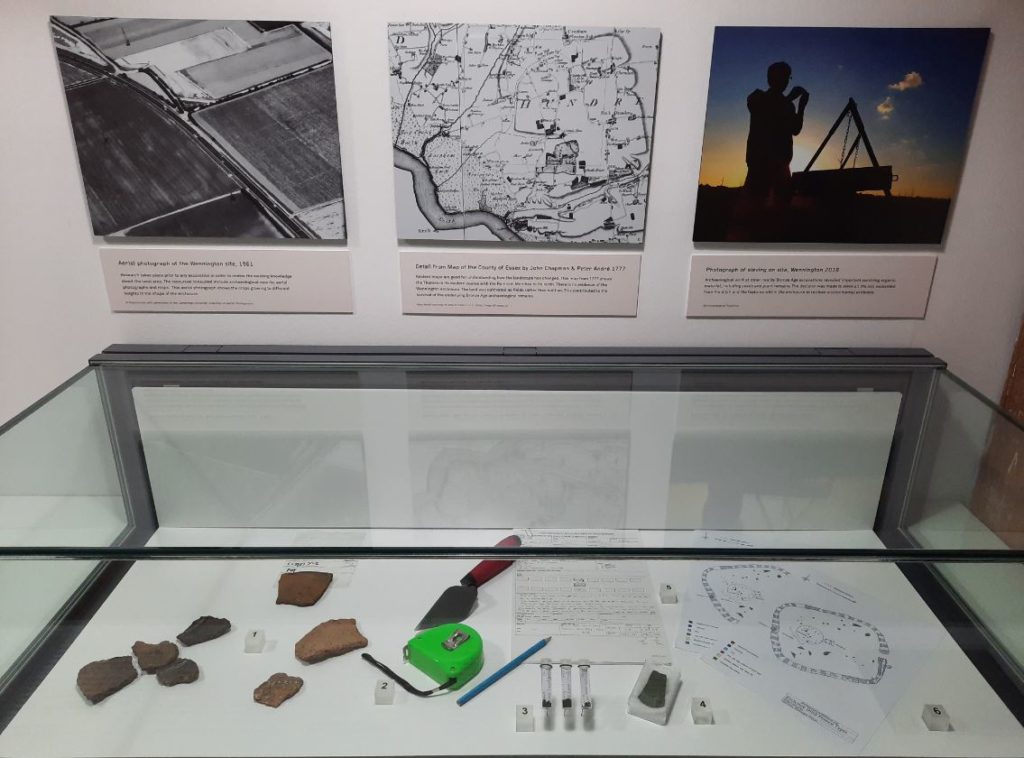
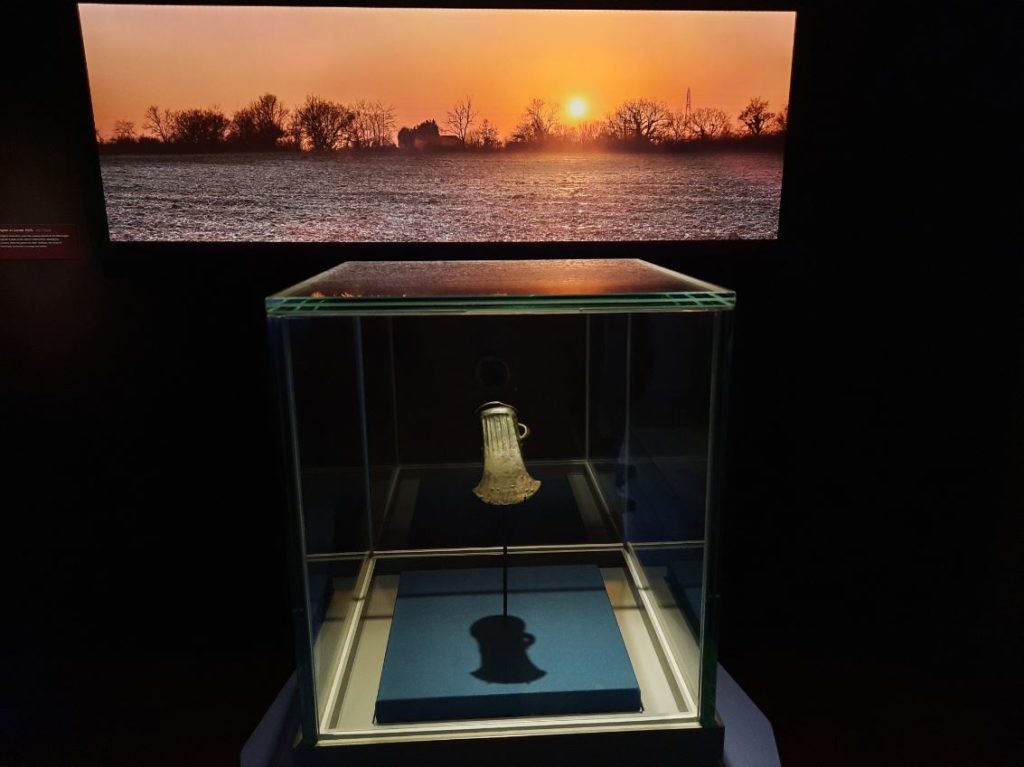
2 thoughts on “The Covid Diaries 39: Museum of London Docklands, Havering Hoard”